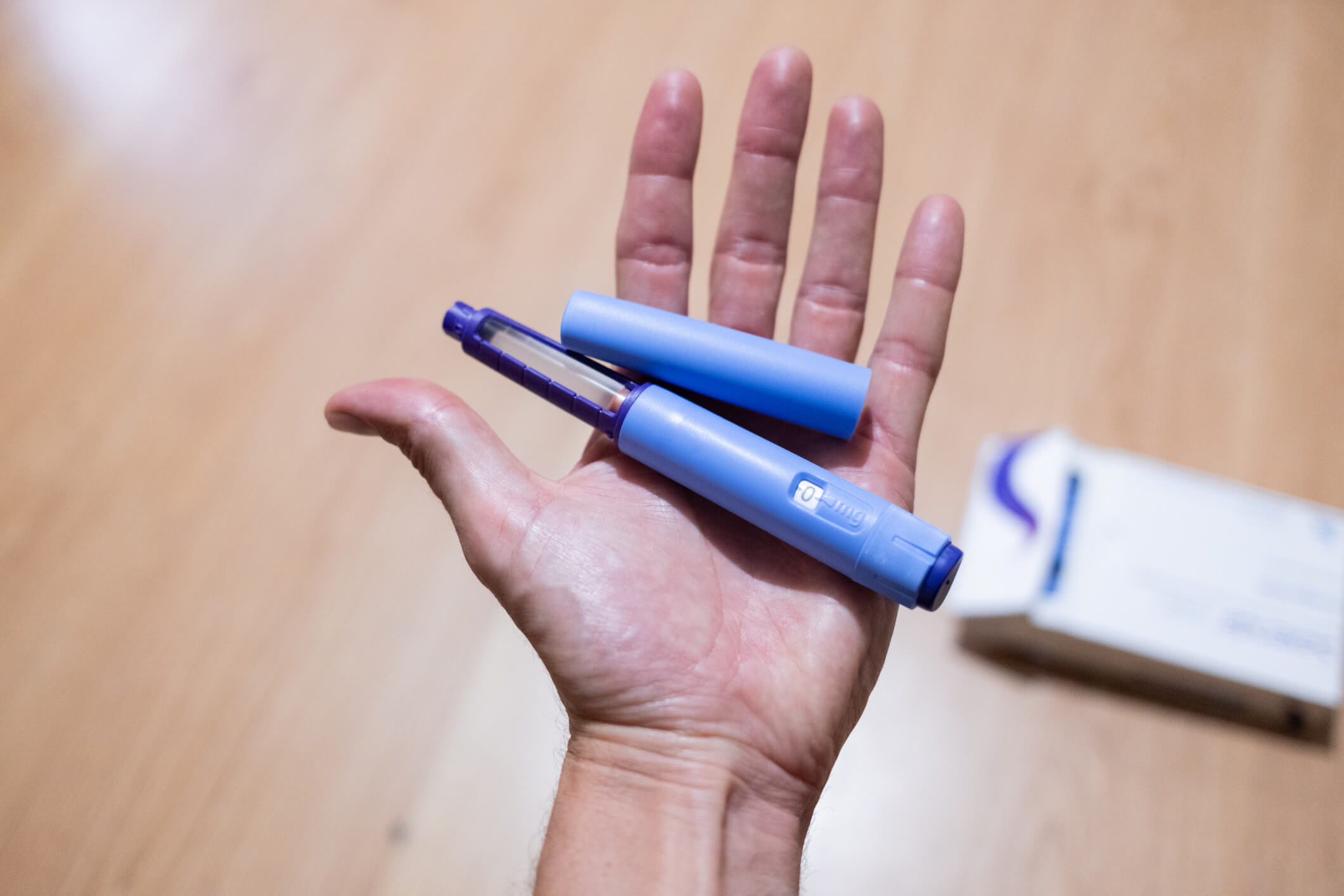Learn about the cognitive, behavioral, emotional and movement symptoms that may be associated with vascular dementia.
At age 72, Marta became severely depressed following a debilitating stroke. “Who wouldn’t be depressed?” said her next-door neighbor. “She can’t speak or walk as well as she used to, and that would make anyone feel terrible”. However, her husband, Ron, who had known her for 50 years, saw more than just depression. Ron said Marta was also changing mentally. She was having trouble remembering her grandchildren’s names and on occasion even took a while to recognize her own husband or her sister. She wasn’t sleeping well, now, and sometimes in the middle of the night, Ron would awaken to see Marta weeping. Marta no longer could drive, prepare meals, or help Ron to care for their home.
Bernie’s wife asked his doctor why her husband seemed “different.” His memory had been getting worse for several years. Now, he had also lost interest in going out or seeing his friends. He didn’t seem to understand the news or their TV shows very well anymore. He did everything more slowly and seemed to have lost interest in his hobbies. Without prompting, Bernie no longer took care of himself. When his wife asked him if he was sad, though, he always said no.
*To protect anonymity, the stories of Marta and Bernie are composites of symptoms from various patients.
Marta and Bernie presented different symptoms to their doctors, but they had something important in common. Both had developed vascular dementia. This major neurocognitive disorder, the second most common one in the United States, affects more than 2 percent of US adults over age 71.
Dementia, which involves the loss of independence as a result of cognitive impairment, is called “vascular” when it is the consequence of compromised blood flow in the brain. This is usually the result of cerebrovascular disease of large or small blood vessels. In the majority of those affected, high blood pressure precedes the development of dementia.
Stroke is another important risk factor, and one-quarter of people who have a stroke develop dementia within the following year. Other characteristics that increase the risk for vascular dementia are age, smoking, high cholesterol, atrial fibrillation, diabetes, sleep-disordered breathing, and sedentary lifestyle. These are thought of as “vascular risk factors.”
The symptoms of vascular dementia typically begin after age 65 and progress over the next 5 to 10 years. They may be preceded by a period of less obvious decline called mild vascular cognitive impairment. When cognitive impairment is severe enough to steal a person’s capacity to live independently, it is called a major neurocognitive disorder or dementia. Vascular dementia may occur all by itself but often co-occurs with Alzheimer’s disease.
Cognitive Symptoms of Vascular Dementia
The cognitive symptoms of vascular dementia overlap with those of Alzheimer’s disease, but there are some characteristic differences as well. In both conditions, memory is damaged. Memory
requires both the capacity to store new input and the ability to retrieve what has been stored. While those with Alzheimer’s disease often fail to record new information, people with vascular dementia tend to show an even more noticeable difficulty with retrieval. In life situations, this means that cues and reminders offer greater support to people with vascular dementia than to people with Alzheimer’s disease. Reminding someone with Alzheimer’s disease of something they have forgotten can turn into a frustrating failure, while reminding a person with vascular dementia often stimulates some recall.
Additional cognitive features can provide further clues to the presence of vascular dementia. While Alzheimer’s disease prominently affects the brain’s neocortex, vascular dementia often includes damage to deeper brain structures called “subcortical.” When brain destruction is subcortical, people may show characteristic symptoms associated with damage to those brain areas. They can have difficulty in translating knowledge into action (perseveration) and become “stuck.” They may process new information slowly, and their ability to shift from one topic to another is damaged. Abstract or complicated thinking is impaired.
Movement Symptoms of Vascular Dementia
Motor (movement) symptoms of vascular dementia represent the effects of small or larger areas of localized brain cell damage. These symptoms can include weakness or paralysis (after a larger stroke in specific areas) with exaggerated reflexes, difficulty walking, and trouble with swallowing or speech production. Not every person with vascular dementia shows these signs.
Behavioral and Emotional Symptoms of Vascular Dementia
Vascular dementia also can be responsible for behavioral and emotional changes. Apathy, which is loss of motivation and initiative, is a very characteristic feature of vascular dementia.
Sometimes, apathy is mistaken for depression because both conditions include reduced motivation and social interaction, but mood is not depressed in apathy. The distinction between apathy and depression is very important because some antidepressants which may relieve symptoms of depression can actually aggravate apathy. To make matters more confusing, depression is frequently a complication of vascular dementia and should be anticipated, identified, and treated. Bursts of crying, however, do not in themselves indicate depression. A condition called pseudobulbar affect, which includes brief outbursts of intense emotion and is not in itself a form of depression, may be one of the behavioral features of vascular dementia.
About BrightFocus Foundation
BrightFocus Foundation is a premier global nonprofit funder of research to defeat Alzheimer’s, macular degeneration, and glaucoma. Since its inception more than 50 years ago, BrightFocus and its flagship research programs—Alzheimer’s Disease Research, Macular Degeneration Research, and National Glaucoma Research—has awarded more than $300 million in research grants to scientists around the world, catalyzing thousands of scientific breakthroughs, life-enhancing treatments, and diagnostic tools. We also share the latest research findings, expert information, and resources to empower the millions impacted by these devastating diseases. Learn more at brightfocus.org.
Disclaimer: The information provided here is a public service of BrightFocus Foundation and is not intended to constitute medical advice. Please consult your physician for personalized medical, dietary, and/or exercise advice. Any medications or supplements should only be taken under medical supervision. BrightFocus Foundation does not endorse any medical products or therapies.
- Brain Health
- Risk Factors








